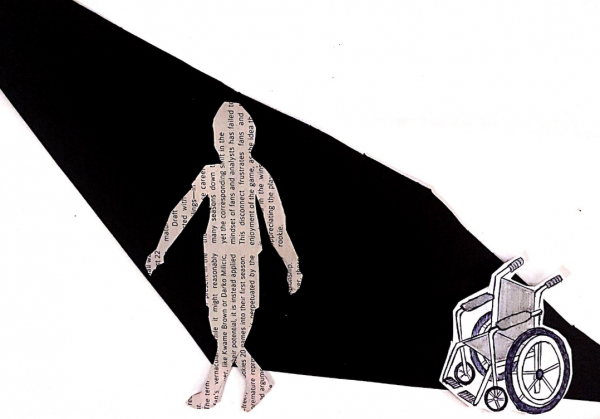Three paraplegic patients with chronic spinal cord injuries are now able to walk again thanks to new Swiss neurotechnology and a multidisciplinary team that includes two McGill graduates.
The STIMO (STImulation Movement Overground) study published in Nature this month, proposed a new technology to accelerate recovery from spinal cord injuries. This new ‘spatiotemporal’ method is a form of electrical epidural stimulation (EES) which stimulates the area of the spinal cord that transmits sensory information. What makes it unique is that, unlike the continuous EES methods used in previous studies, its electrical impulses are separated by intervals.
“The novelty about this [study] is that we use an individual, electrical system to stimulate the dorsal root ganglion [which is located at the spinal cord] to stimulate a group of muscles in the leg,” Molywan Vat, co-author of the study and McGill MSN ‘13, said.
The STIMO study was conducted at Lausanne University Hospital. As a clinical trial coordinator, Vat has been responsible for organizing and screening patients for the past two years. So far, he has selected three male patients to participate in the study, ranging in age from 28 to 48 years old. All were chronically paraplegic, meaning their legs and lower body were partially or completely paralyzed and had been so for over four years.
The procedure involves implanting an electrode chip into the spinal cord. The chip’s electrical impulses, which can be voice-controlled during rehabilitation, can then target motor neurons that pass information from the spinal cord to muscles associated with walking activity. Patients used the chip in physiotherapy which resulted in immediate voluntary control of walking. Over the course of a few months, all three patients were able to walk or cycle outside with the help of a body weight system or walker.
Before EES, activity-based physiotherapy was used to rehabilitate paraplegic patients, through reorganizing neuronal pathways and speeding up recovery. Activity-based programs rely on assisted exercises that, when repeated, activate muscles and re-establish nerve patterns. But, these methods alone are often unsuccessful for patients who are unable to move voluntarily.
Valentin Radevich, McGill MSc ‘17, joined the STIMO project two months ago and worked as one of the four physiotherapists actively rehabilitating the patients.
“You want to push the patient to be as good as they can be, but there are always limits,” Radevich said. “With the STIMO project, you’re stimulating the spinal cord, so you have a little bit more sensation, a little bit more strength. In simple words, you’re reconnecting a few fibres that were broken.”
Engineers, neuroscientists, radiologists, nurses, and physiotherapists were all on the team, fostering a diversity of ideas and opportunities for collaboration. For Vat, the size of the project presented a challenge in the form of coordinating many different schedules and filling out large amounts of paperwork, all while ensuring patient safety throughout the clinical trial. He found his experience working on the project to be very rewarding.
The STIMO project targeted patients who have been affected by paraplegia for a long time, but the next step is to develop a device for patients who have recently experienced spinal cord injuries. The researchers also hope to apply this study to the wider population of paraplegics, which would involve developing a more adaptable device.
With the possibility of extending the project to more patients, the future of spinal cord injury rehabilitation seems bright. But, for now, Vat and Radevich are focused on the present and on the recovery of each individual patient in the program.








